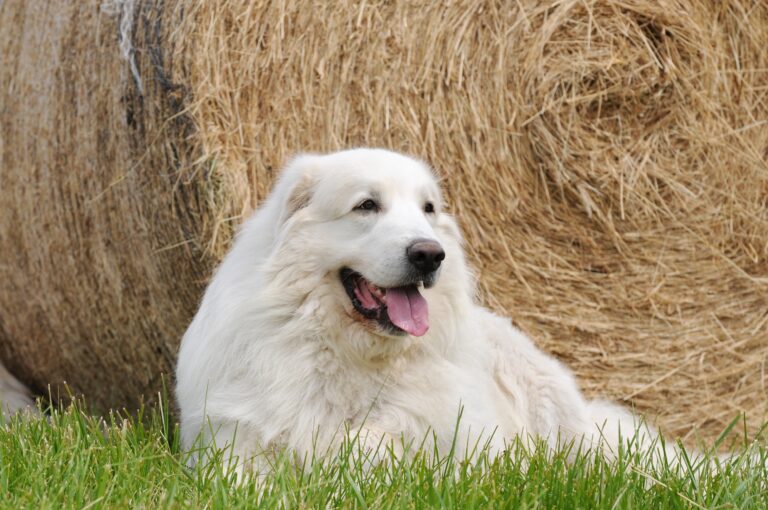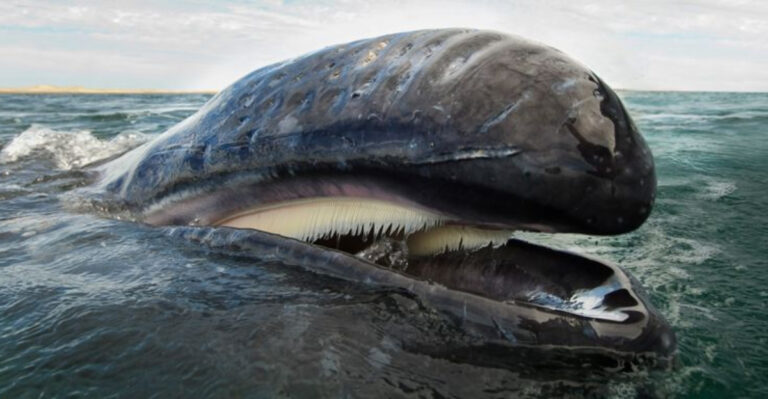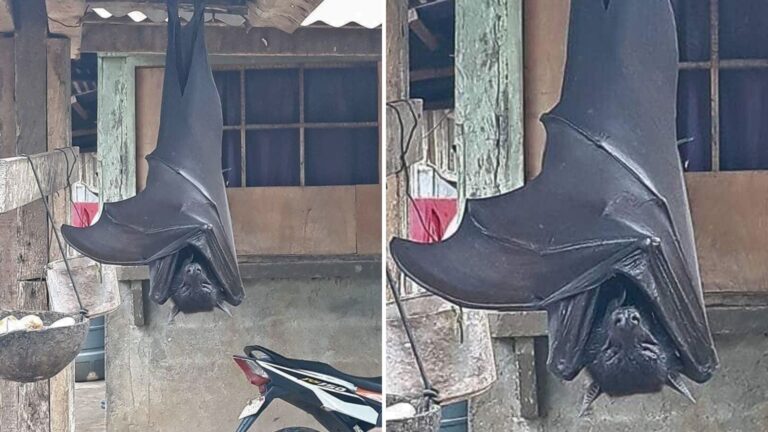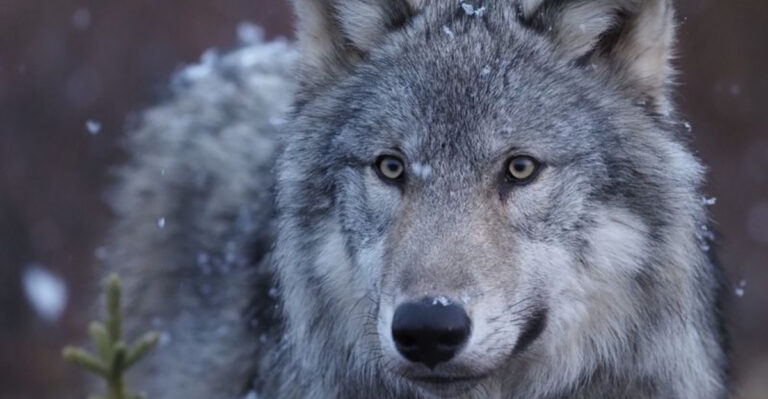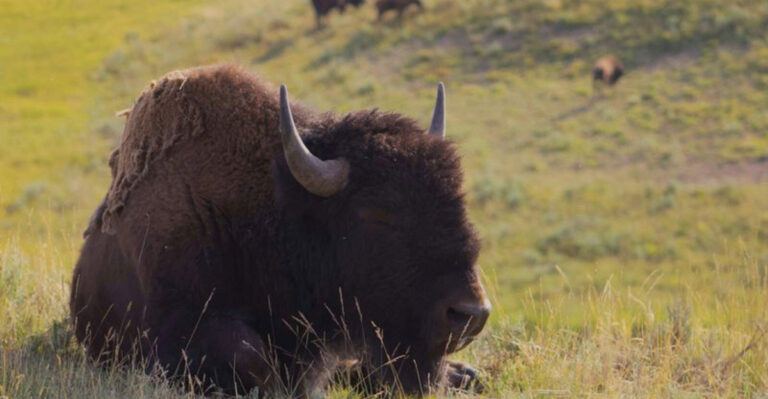17 Wild Animals That Could Crush Bones With A Single Bite
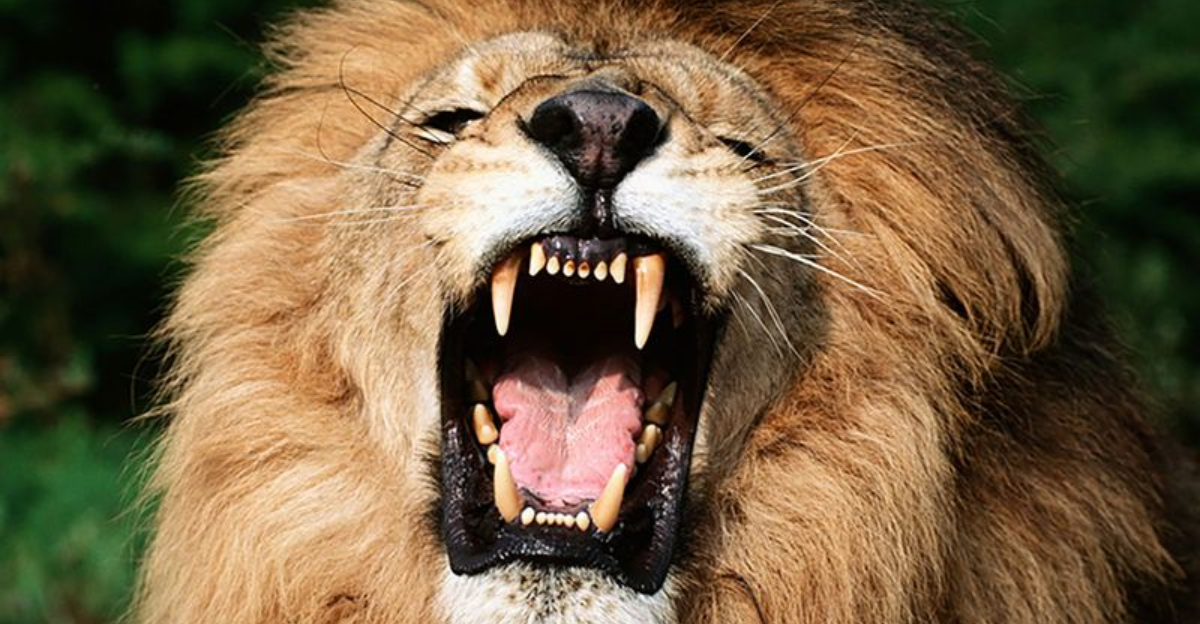
When it comes to brute strength, nothing says “don’t mess with me” like a jaw-crushing bite. In the animal kingdom, bite force is serious business.
These powerful bites help them hunt, survive, and dominate their turf. Get ready – we’re diving into of the fiercest biters nature has ever unleashed.
1. Saltwater Crocodile
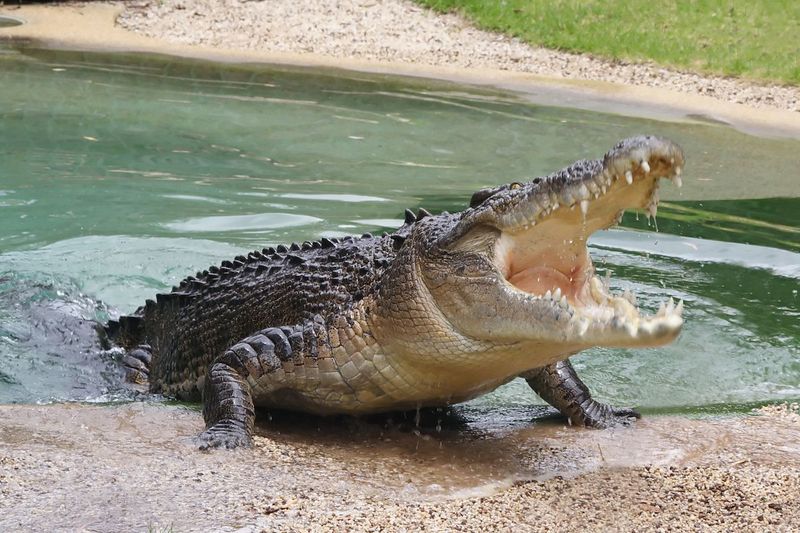
The saltwater crocodile reigns supreme with the strongest bite force on Earth—about 3,700 psi of pure jaw power.
Found in Southeast Asia, India, and Northern Australia, these reptiles dominate both land and water.
They use stealth and patience, lurking beneath the surface before launching a lightning-fast ambush.
Their teeth are built to grip, not chew—once they bite down, there’s no escape.
2. Siberian Tiger
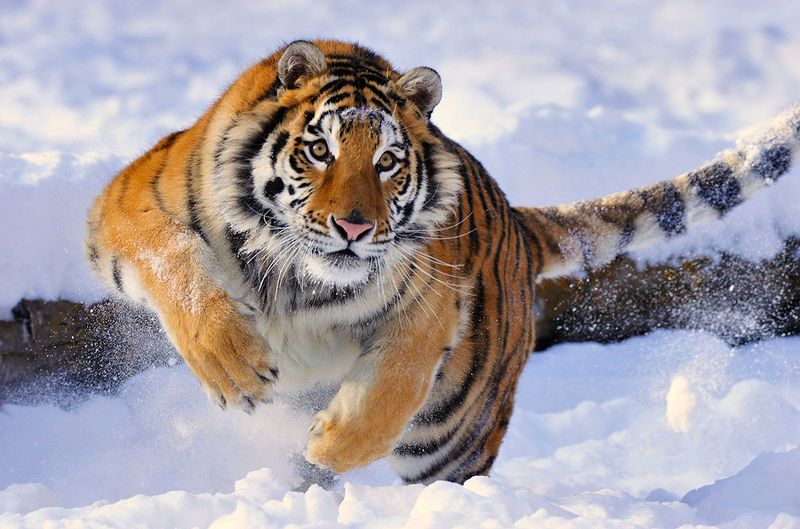
The Siberian Tiger is a powerhouse of the wild, known for its bone-crushing bite and massive frame.
Lurking in the snowy forests of Russia, it’s the largest of all big cats.
Armed with sharp claws and muscular limbs, it can take down deer and wild boar with ease.
That powerful bite isn’t just for show—it’s key to ending the hunt fast.
3. Polar Bear
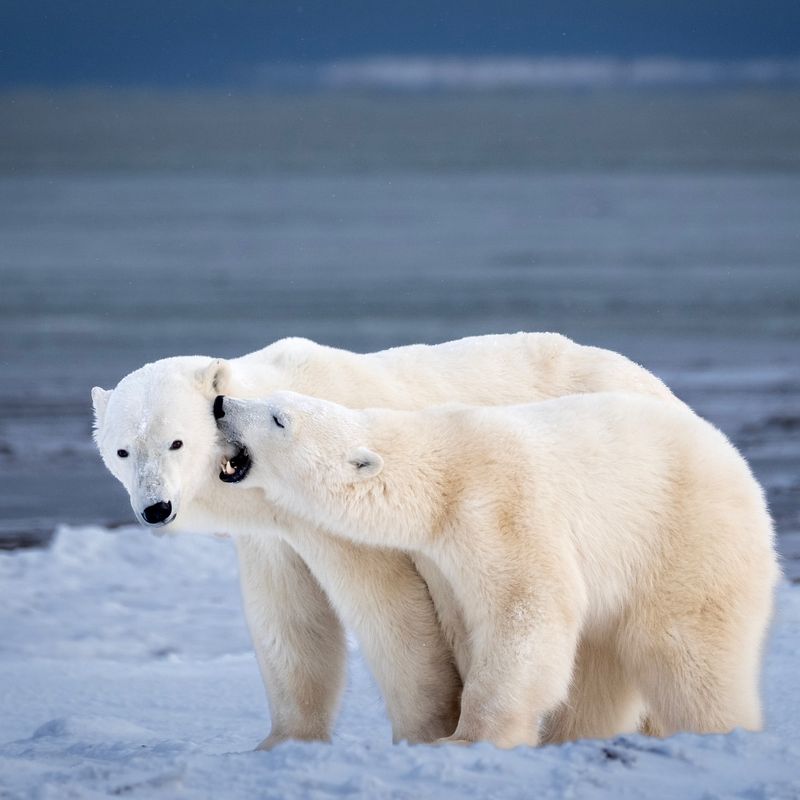
Polar bears bite down with an estimated 1,200 psi, perfect for tearing through thick seal blubber.
Built for the Arctic, they rely on sea ice and strong jaws to survive the frozen hunt.
Their sense of smell is razor sharp, helping them detect seals hiding beneath the ice.
These solitary giants roam great distances, always on the move for their next meal.
4. Hippopotamus
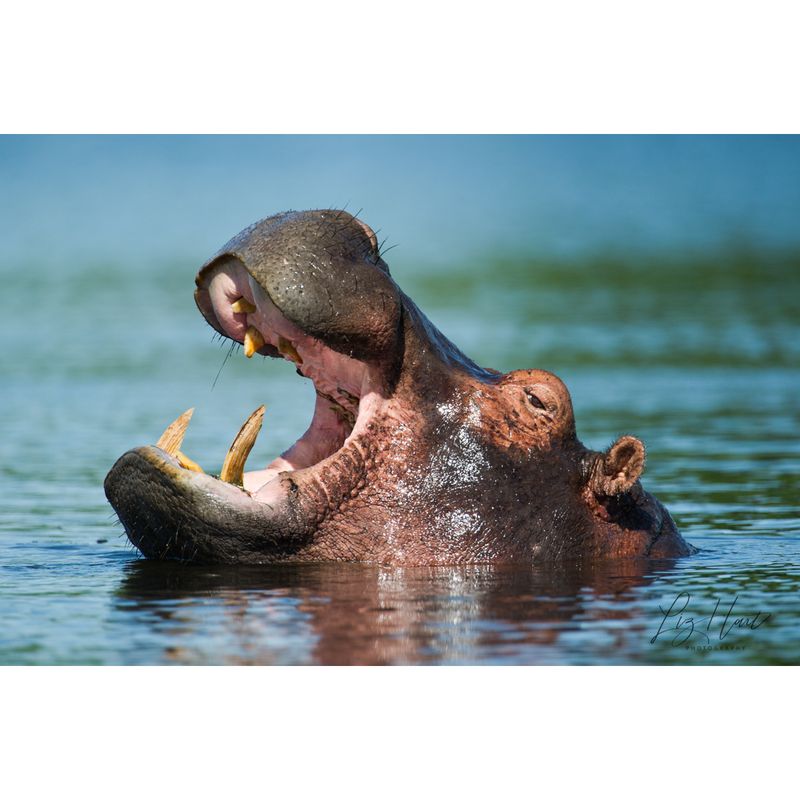
The hippopotamus may look laid-back, but its bite packs a jaw-dropping 1,800 psi of raw power.
Native to sub-Saharan Africa, it’s one of the strongest biters among land animals.
Though herbivores, hippos are fiercely territorial and use those massive jaws for defense and dominance.
Their giant canines can cause serious damage, earning them a spot among Africa’s most dangerous creatures.
5. Great White Shark
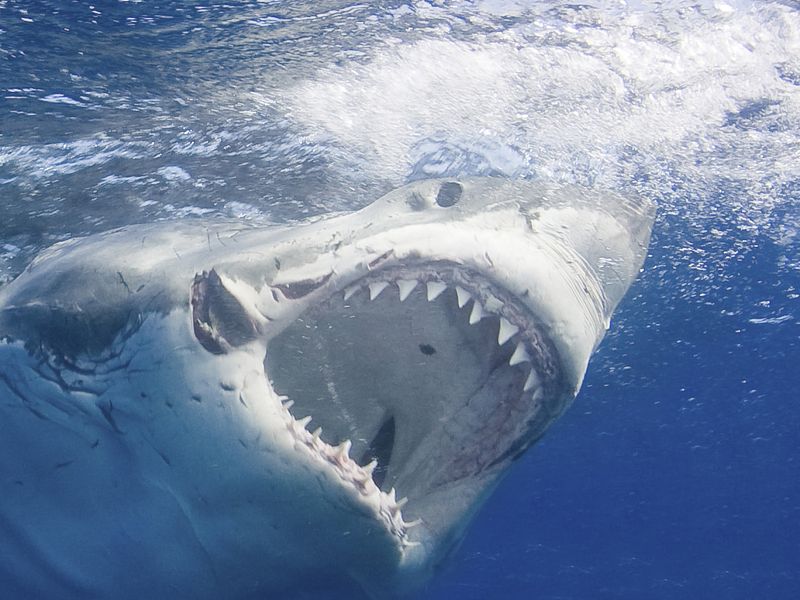
The great white shark bites with an estimated 4,000 psi, making it one of the ocean’s most powerful predators.
Roaming coastal waters around the globe, it plays a vital role in keeping marine ecosystems balanced.
Using keen senses, it homes in on seals and sea lions with swift, devastating precision.
Its serrated teeth are built to slice through flesh like a hot knife through butter.
6. Nile Crocodile
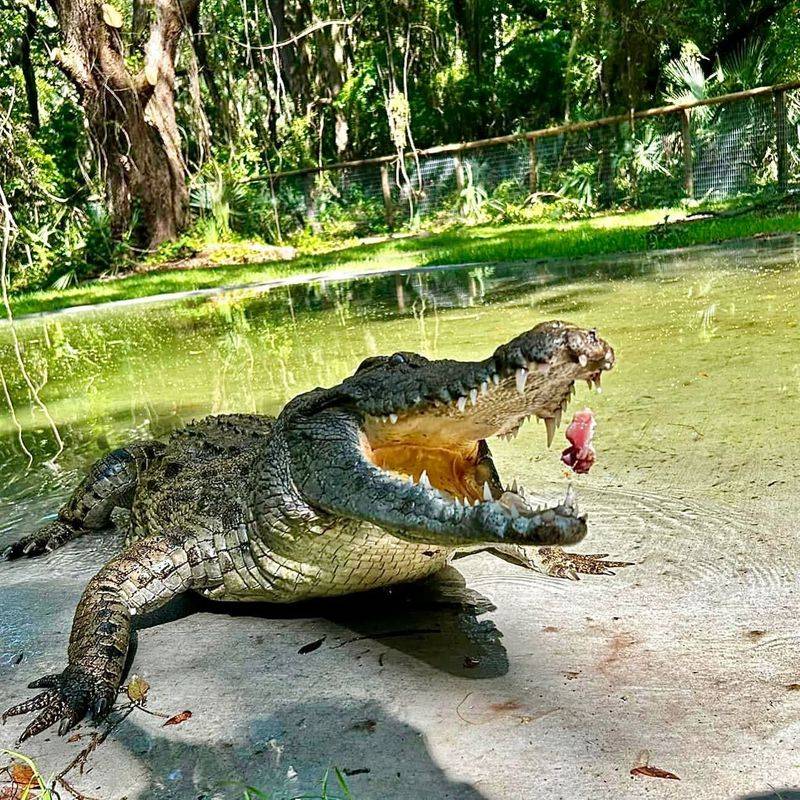
The Nile crocodile packs a bite force of around 3,000 psi—strong enough to take down zebras and antelope.
Roaming rivers across Sub-Saharan Africa, it’s one of the continent’s top predators.
Surprisingly social, these crocs often bask in groups and even use vocal calls to communicate.
Their fierce looks hide complex behavior and a vital role in balancing ecosystems.
7. Jaguar
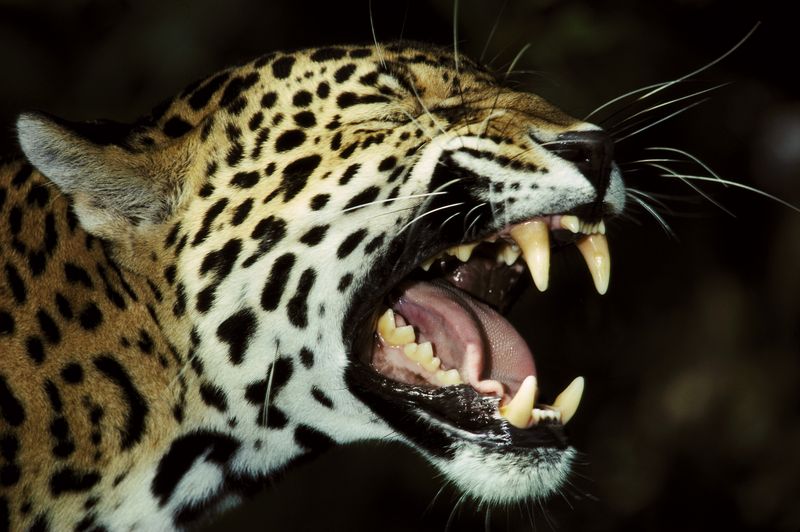
Jaguars top the big cat charts with a bite force of 1,500 psi—strong enough to crush skulls with ease.
This rare skill makes them deadly hunters in the rainforests of Central and South America.
They’re strong swimmers too, often surprising fish, turtles, and even caimans in the water.
With stealth, muscle, and precision, jaguars dominate their jungle domain.
8. Gorilla
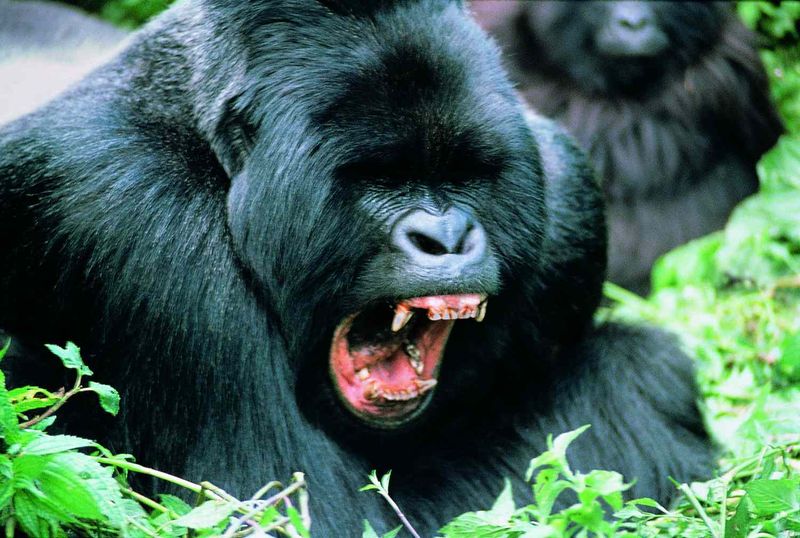
Gorillas may be peaceful giants, but their bite force clocks in at a hefty 1,300 psi.
They use that jaw power to chew through bark, stems, and other tough vegetation.
Found in Central Africa’s dense forests, they live in tight-knit social groups with strong bonds.
Their foraging habits help spread seeds, making them key players in forest health.
9. Spotted Hyena
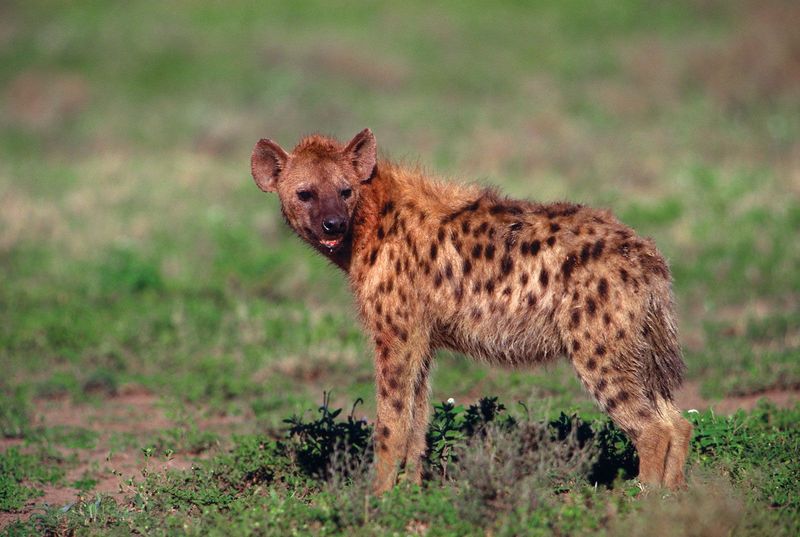
Spotted hyenas bite with around 1,100 psi, strong enough to crush bones and reach marrow like it’s no big deal.
This makes them top-tier scavengers and key players in keeping ecosystems clean and balanced.
They’re also skilled hunters, often bringing down large prey and living in female-led clans.
That famous “laugh”? It’s just one of many vocal signals they use to communicate.
10. Bengal Tiger
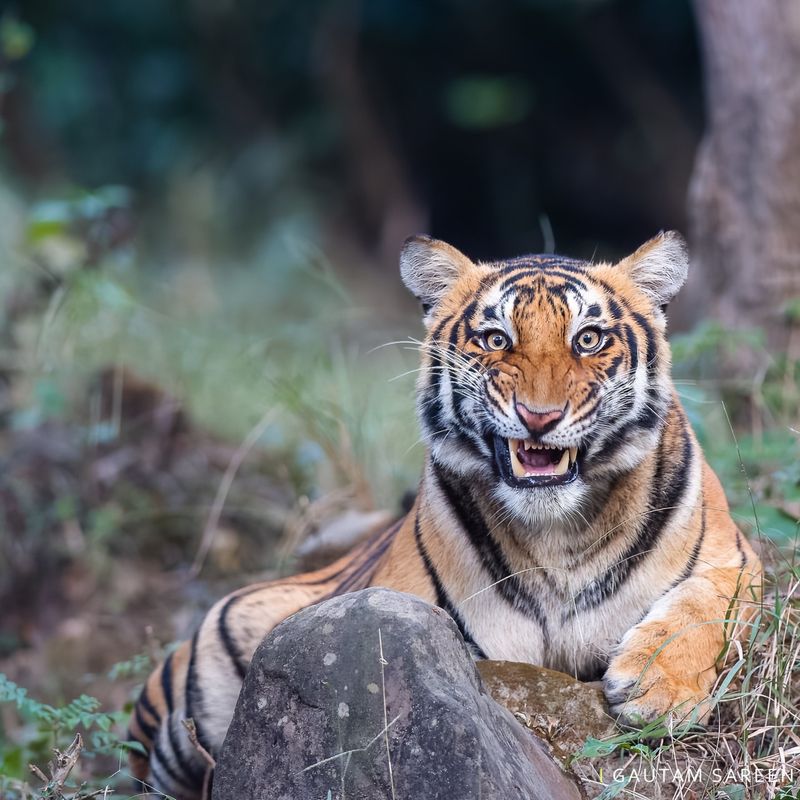
Bengal tigers bring serious power to the table, with a bite force of about 1,050 psi.
This strength lets them take down big prey like deer and buffalo with ease.
Masters of stealth, they rely on ambush and a swift bite to the neck to seal the deal.
As apex predators, they help keep prey populations in check and ecosystems in balance.
11. Grizzly Bear
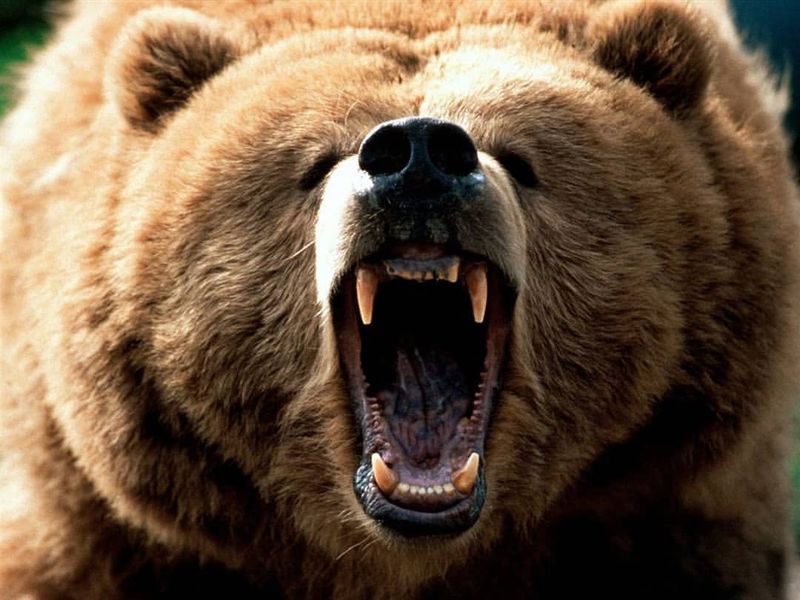
Grizzly bears bite with a force of about 975 psi, strong enough to tackle everything from salmon to large mammals.
These North American powerhouses are true omnivores, munching on berries, plants, and meat alike.
Their strength is legendary—digging, flipping rocks, and hunting come naturally.
Sharp claws and strong jaws make them one of the wild’s most versatile predators.
12. Hyena
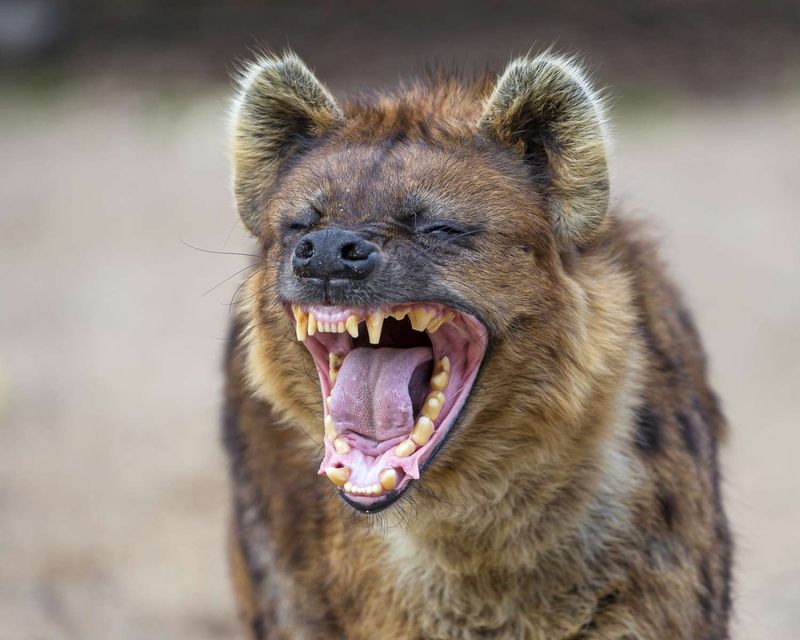
Hyenas bite with an impressive 1,100 psi, strong enough to crush bones and reach the nutrient-rich marrow inside.
This makes them top-tier scavengers and important cleanup crews in the wild.
But don’t be fooled—they’re also skilled hunters that bring down large prey like wildebeests.
Living in female-led clans, they communicate with a range of sounds, including that famous “laugh.”
13. Tasmanian Devil
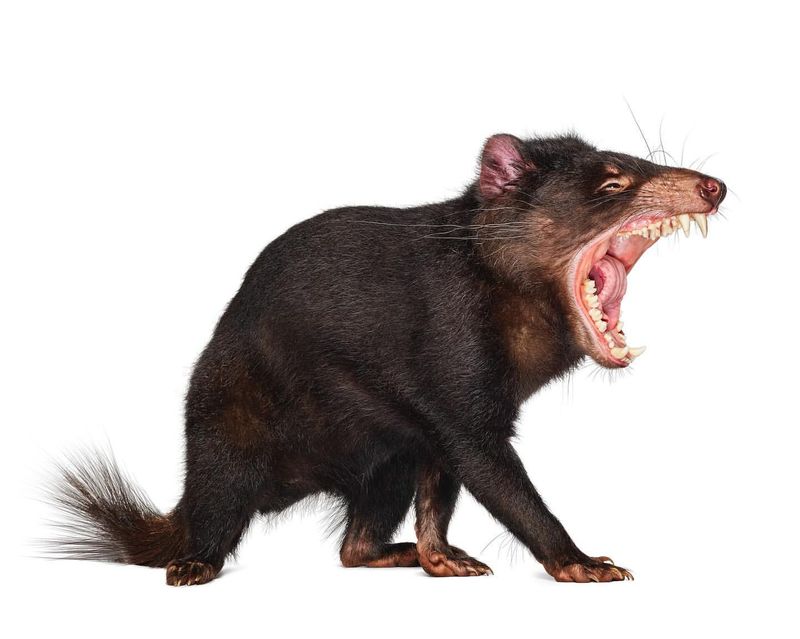
The Tasmanian devil may be small, but its bite force of 553 psi packs a serious punch.
That jaw strength lets it crush bones and clean up carrion like a pro.
These nighttime foragers play a big role in keeping their environment healthy and balanced.
Though they’ve got a fierce look and name, they mostly prefer solitude and a good meal.
14. Lion
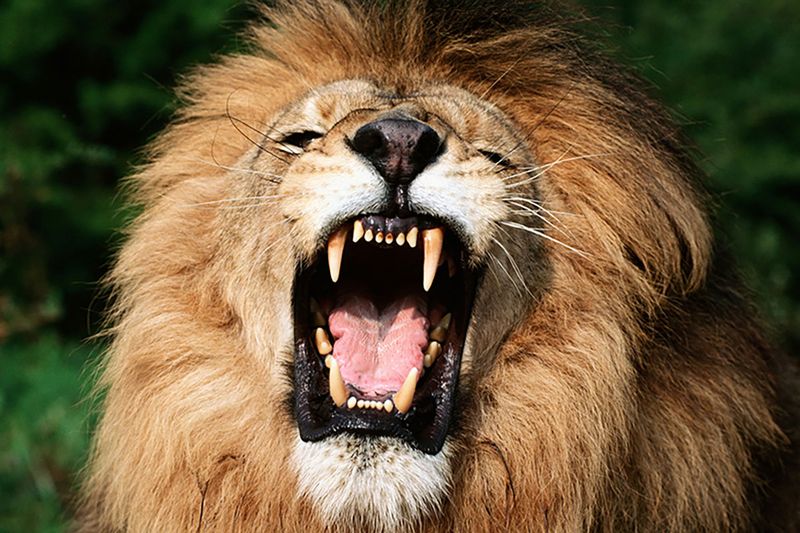
Lions bite with around 650 psi, enough to bring down powerful prey like buffalo and zebras.
Their strength, speed, and teamwork make them elite hunters of the savanna.
Living in prides, they share the work of hunting and raising cubs.
Their role helps keep herbivore populations in check and shapes the behavior of other species.
Protecting their lands and reducing conflict with people is key to keeping these big cats roaring.
15. American Alligator
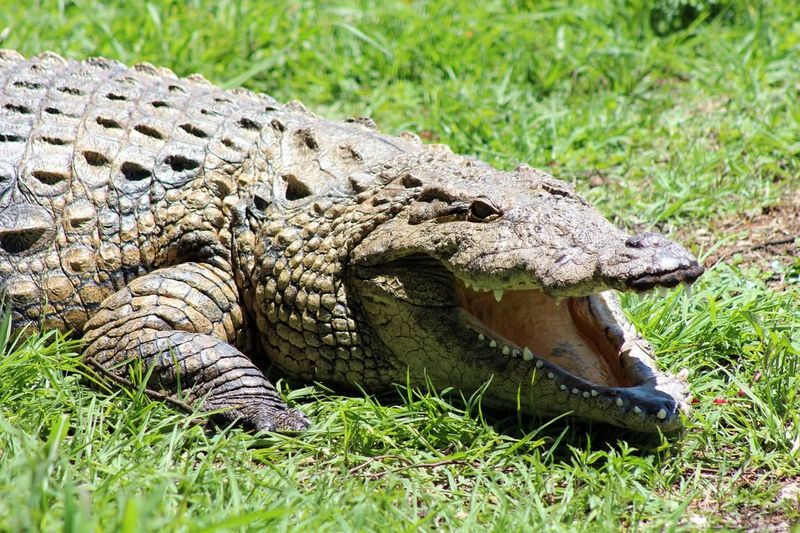
The American alligator bites down with a crushing force of about 2,980 psi—pure reptilian power. Found across the southeastern U.S., they thrive in swamps, rivers, and lakes.
They grip, twist, and tear using the infamous “death roll” to break apart their prey.
Their bite isn’t for chewing—it’s for locking in and not letting go.
Thanks to conservation, these once-endangered giants are back and still ruling the wetlands.
16. Wolf

Wolves may have a bite force of around 400 psi, but paired with teamwork, it’s incredibly effective.
These pack hunters can take down large prey like elk and moose across vast territories.
Their endurance and coordination make them some of nature’s most efficient predators.
That powerful bite helps secure their quarry once the chase is over.
17. Komodo Dragon
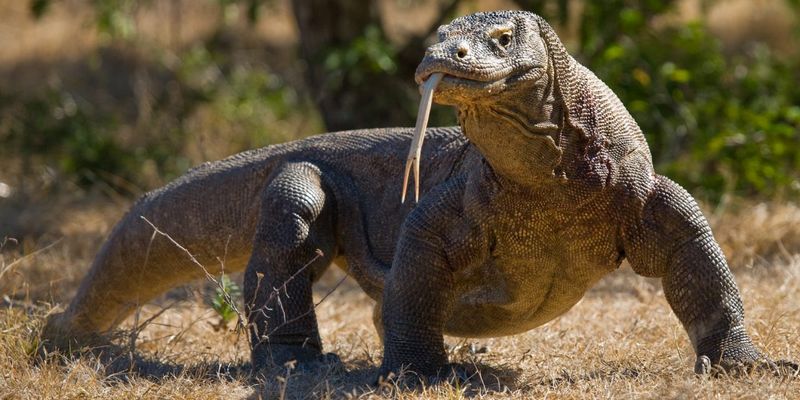
The Komodo Dragon is a giant lizard with a bite that means business—strong enough to crush bone.
Stretching up to 10 feet long, it’s armed with serrated teeth and serious jaw power.
These patient predators can stalk prey for days before striking with deadly precision.
Their saliva packs a toxic punch, helping finish the job after just one bite.
Fierce but fascinating, Komodo Dragons are wild wonders of Indonesia’s rugged islands.

